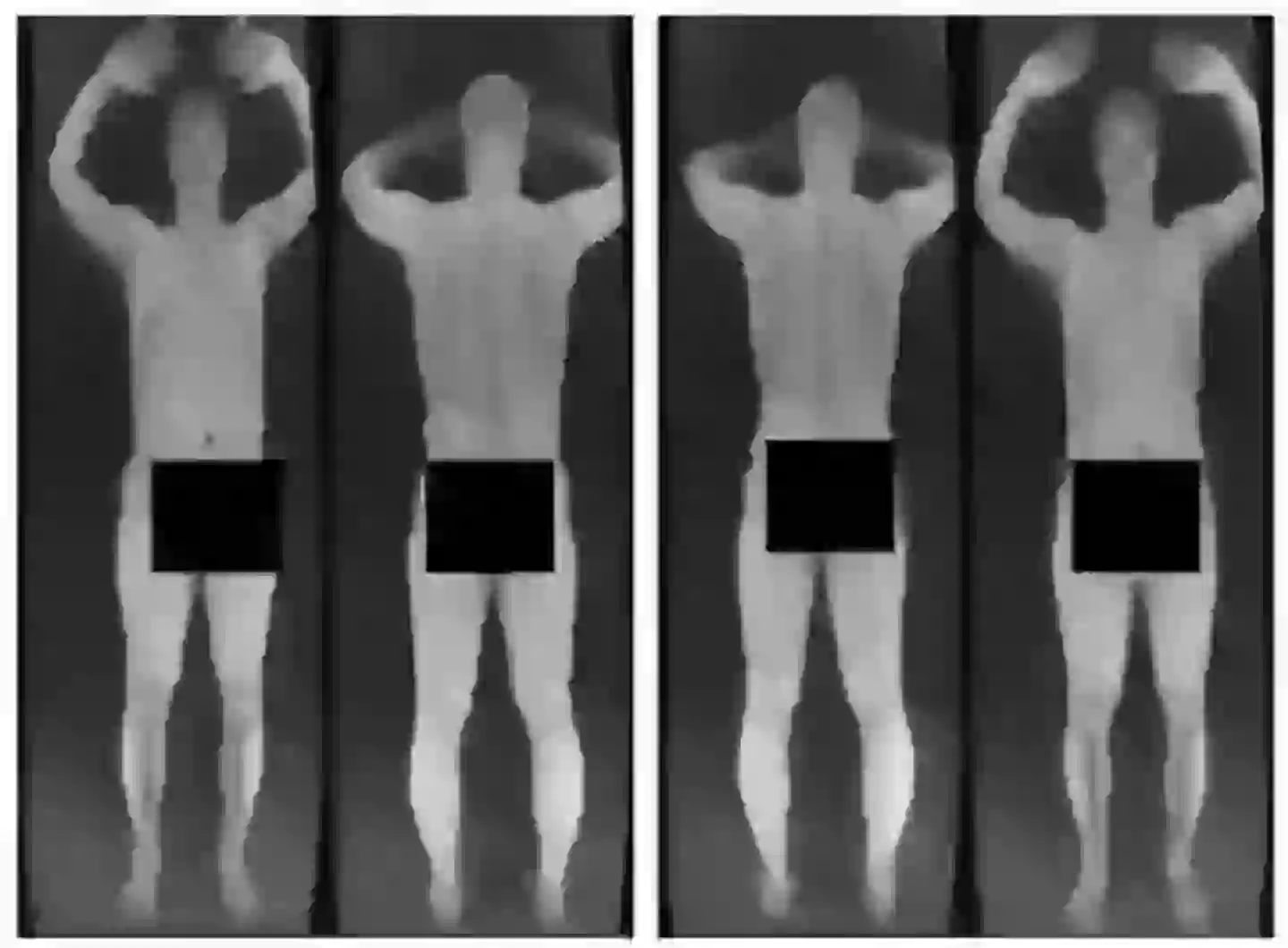More than 170 Rapiscan full-body scanners, each priced at $180,000, were installed in airports throughout the United States as part of heightened security measures following a 2009 attempted terror attack.
The initiative was launched in response to the Christmas Day incident, where Umar Farouk Abdulmutallab attempted to detonate explosives hidden in his underwear on a Northwest Airlines flight traveling from Amsterdam to Detroit. Fortunately, passengers and crew intervened before the device could be activated.
In 2012, Abdulmutallab received multiple life sentences without the possibility of parole.

By 2013, the high-tech scanners—dubbed “virtual strip searches” due to their intrusive imaging capabilities—sparked major controversy. Public backlash erupted as many travelers expressed discomfort with the level of exposure these scanners revealed.
Shawna Malvini Redden, a communications scholar, told Reader’s Digest: “The initial versions lacked privacy safeguards, which meant Transportation Security Officers could view extremely revealing scans of individuals during the screening process.”
This outcry prompted significant changes. After lawmakers mandated privacy-focused upgrades, the Transportation Security Administration (TSA) asked Rapiscan to implement Automated Target Recognition (ATR) software by June 2013. The company failed to meet this deadline, leading TSA to end part of its agreement with the manufacturer.
The agency released a statement emphasizing, “TSA has firm requirements all partners must fulfill. Because Rapiscan couldn’t deliver the necessary ATR software by the deadline, we’ve terminated part of the contract.”
From that point on, only ATR-enabled machines were permitted. These newer devices streamline the process and display generic outlines instead of graphic body images.
Redden further explained: “Current scanners show a generic human figure with either a green indication for clearance or a red marker prompting further inspection. For instance, if something unusual is detected in a pocket, an alert may appear in the groin area of the outline, guiding officers to that general location.”
Use of the screening equipment remains optional for travelers.
